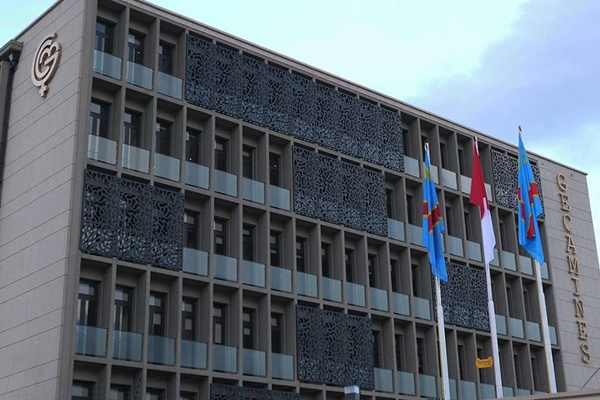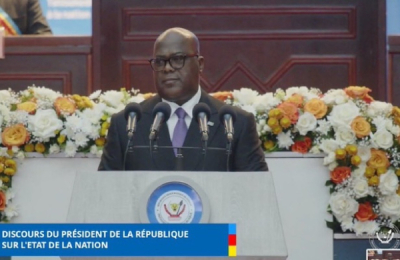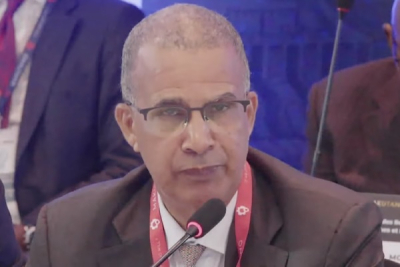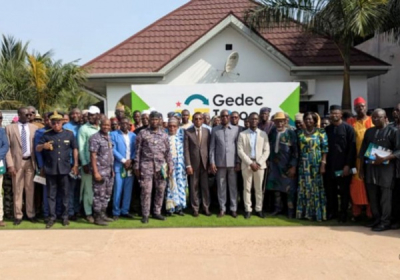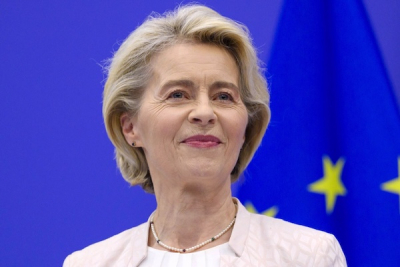Gécamines has offered to buy the assets of Chemaf Resources in the Democratic Republic of Congo (DRC). Chemaf has been running since 208 the Mutoshi project. The latter can produce 16,000 tonnes of cobalt and 50,000 tonnes of copper annually. Due to financial issues, however, Chemaf announced in June 2024 that it planned to sell itself and its subsidiaries, including Mutoshi, to the Chinese company Norin Mining. Gécamines, the State company for Mines, opposed this sale and quickly voiced its objections, which the government supported.
The mining license for Mutoshi belongs to Gécamines. In 2015, Gécamines gave Chemaf a 25-year lease for the project. Gécamines has a "discretionary right of prior approval" for any changes in control, which Chemaf is said to have ignored before trying to finalize the sale. After canceling the deal with Norin Mining, Gécamines is now looking to regain control of Mutoshi and other licenses held by Chemaf.
For now, details of Gécamines’s offer are unknown, and it’s unclear what will happen next. This bid comes as the DRC seeks to diversify its partnerships in strategic minerals, which are mostly controlled by Chinese companies. For example, China's CMOC operates two mines in the DRC and is set to become the world’s leading cobalt producer by 2023. Ivanhoe Mines, which co-owns the largest copper mine in the DRC, is also over 34% controlled by Chinese firms, China CITIC Bank and Zijin Mining Group. The latter, it should be noted, co-owns the Kamoa-Kakula project with Ivanhoe and the Congolese State. The State owns 20% of the project, while the other own 39.6% each.
In an October 2024 interview, Congolese Mining Minister Kizito Pakabomba said the DRC is looking for new investors, including from the United Arab Emirates. He stressed the need to "attract better investors, more investors, and diversified investors," as most of the country’s copper and cobalt mines are currently controlled or linked to Chinese companies.
Becoming a key player in production and distribution
Gécamines has started renegotiating agreements with Chinese companies. After blocking CMOC exports for nearly a year, last year the Congolese company secured the right to acquire a production volume proportional to its 20% stake in the Tenke-Fungurume mine. At the beginning of 2024, Gécamines obtained similar production rights from Sicomines, a joint venture with Chinese companies where it holds a 32% stake. Gécamines is also negotiating similar agreements with other joint ventures it is involved in. Once a major player in copper and cobalt production in the 1980s, Gécamines aims to become a key trader in Congolese copper and cobalt.
Last month, Bloomberg reported that Gécamines made its first copper sales thanks to an agreement with CMOC. The Congolese company sold undisclosed quantities of copper to Glencore, Mercuria Energy Group, and Trafigura Group.
Tenke Fungurume has an annual production capacity of 450,000 tonnes of copper and 37,000 tonnes of cobalt. If the plant operates at full capacity this year, Gécamines could directly market 90,000 tonnes of copper and 7,400 tonnes of cobalt.
Umicore and STL (Societé pour le Traitement du Terril de Lubumbashi) , subsidiary of Gécamines, have signed an exclusive, long-term partnership agreement whereby Umicore will support STL to valorize germanium from the Big Hill tailings site in Lubumbashi: https://t.co/RFWqpPd8NZ pic.twitter.com/avWPJtEtaa
— Umicore (@UmicoreGroup) May 8, 2024
Besides copper and cobalt, Gécamines is working to strengthen its position in other metals, including Germanium. In 2023, Gécamines’ subsidiary STL built and launched a hydrometallurgical plant to process Germanium tailings from the "Big Hill" site in Lubumbashi. This project aims to secure 30% of the world’s germanium supply, currently dominated by China. Germanium is an essential metal used to make semiconductors.
On this project, Gécamines teamed up with Umicore, a Belgian company. Under their partnership agreement announced in May 2024, Umicore will provide technical expertise to refine germanium concentrates locally. In mid-October 2024, Gécamines announced its first shipment of germanium to Umicore.
"This first shipment of germanium confirms our ambition to make Congo a global hub for strategic metals, both for their extraction, which we already are in part, and for their local transformation in the future," said Gécamines President Guy Robert Lukama.
#News - Ivanhoe Mines and Gécamines sign a new joint venture agreement to restart the ultra-high-grade Kipushi Mine, a century since first opening.
— Ivanhoe Mines (@IvanhoeMines_) January 16, 2024
👉https://t.co/H27OQnVlUP pic.twitter.com/AWFzdZ14jN
Gécamines also aims to become a major zinc supplier, at the global level. This year, in partnership with Ivanhoe Mines, it reopened the Kipushi mine, inactive since 1993. Gécamines wants Kipushi one of the world’s 10 largest zinc mines. At full capacity, Kipushi is expected to produce 278,000 tonnes of zinc annually, averaging 240,000 tonnes per year over 14 years.
Under an agreement signed last January, Gécamines' stake in the Kipushi project will increase from 38% to 43% on January 25, 2027. It will rise to 80% once at least 2 million tonnes of ore have been extracted and processed, compared to Ivanhoe's current 20% stake as majority shareholder.
Avoid past mistakes
The measures taken by the Democratic Republic of Congo (DRC) in recent years to control its mineral wealth could boost mining’s economic impacts. In addition to previous successes, Kinshasa has revised the "mines for infrastructure" contract with China (Socomines), securing over $7 billion in infrastructure investments and a 1.2% royalty on Socomines' annual revenue. Under the agreement with CMOC, Gécamines will receive $800 million between 2023 and 2028, plus at least $1.2 billion in dividends over the life of the Tenke Fungurume mine.
The government’s efforts come as the country’s mining industry, especially the copper, cobalt, and lithium sectors, appeal more to investors. These minerals are vital for the energy transition. However, the government and Gécamines must avoid past mistakes, such as poor management, unfavorable agreements, corruption, and legal disputes with foreign investors that have diminished Gécamines' influence over the years.
Emiliano Tossou, Ecofin Agency






